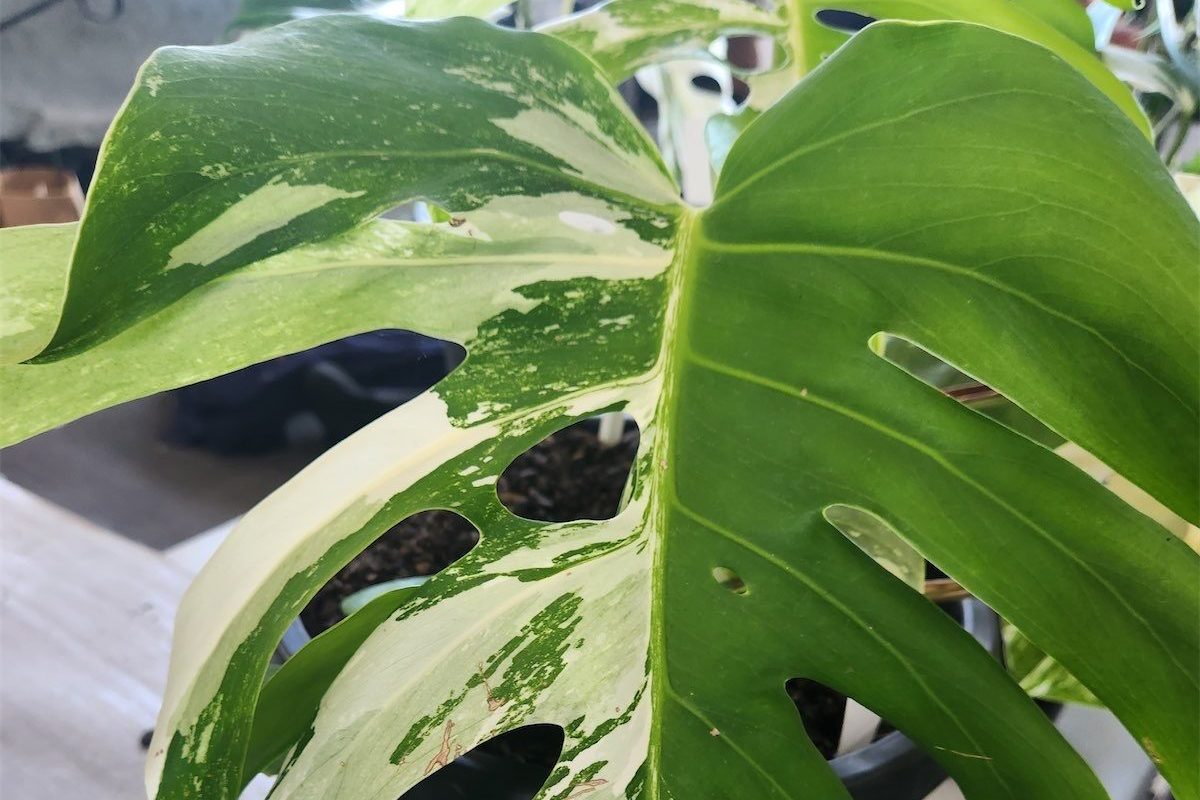
Spring’s sprung and gardening writer JACKIE WARBURTON is talking tropical plants this week.
MANDEVILLA or “rock trumpet” can grow in our climate in a protected spot outdoors in a pot or in a large glasshouse.

It is a tropical vine and a great way to add a splash of colour that contrasts with the dark-green, waxy leaves in summer. It’s a great gentle climber and needs a trellis or structure. It can fill a vertical space in little time.
The “Brazilian jasmine” (Mandevilla sanderi) as commonly known is fast growing and can get up to about four metres in two seasons.
It ranges in colour from hot reds to pinks and whites. The coloured throats in the flowers make them tropical looking in summer.
If there is space outdoors in the garden beside a patio trellis, a mandevilla worth trying is “Chilean jasmine” (Mandevilla laxa). It’s a deciduous variety that can grow in a protected spot.
In summer, it produces highly fragrant flowers in the evening. It grows about three metres wide and tall, but if a dense screen is what’s needed, plant them a metre apart and keep trimmed on both sides of the trellis so it can thicken up.
Surprisingly, they are drought tolerant once established and survive on very little care. To keep them growing and flowering well in pots, they’ll need a regular fertiliser that’s high in potassium and phosphorus. Top up the compost annually.
Look for aphids and fungal diseases on the leaves, and spray with an organic insecticide such as eco oil as required.
There is a new compact variety of mandevilla that’s suitable for hanging baskets and small pots if space is at a premium.

COMMONLY called the “Swiss Cheese Plant”, Monstera Deliciosa is a tropical plant better grown indoors in Canberra.
It’s a must-have for an indoor plant grower and new varieties have different variegations in the leaves such as Albo (white), Aurea (yellow), and mint. Then there’s “Thai Constellation” (Monstera deliciosa) with splatters and splotches of creamy or off-white striking patterns on its leaves.
It will always produce variegation, but the amount and when is up to the plant. The more variegation, the higher the price.
They are extremely rare and expensive. Variegation is a genetic mutation that occurs naturally and variegated monstera that have fewer green pigments in the leaves, grow slower than their evergreen counterpart. They are generally smaller as well.
Monsteras are hemiepiphytic plants. They grow as terrestrial plants, anchoring their roots into the soil, and then begin to climb, attaching themselves with aerial roots to grow as an epiphytic plant.
It needs a totem pole, moss pole or a support structure to help it to grow and hold the weight of the stem and large leaves. It is naturally an understory plant in its native habitat, so in trying to replicate that environment indoors, it’s important to keep it out of direct sunlight.
If monsteras are unaffordable, then the large-leaf tropical philodendrons are worth a look. Closely related to monsteras (they, too, have variegation), some unusual variants have a splash of pink in their leaves. Philodendron bipinnatifidum can grow outdoors in Canberra, but needs protection from the frost. My plant gets frostbitten every year, but grows back in late spring, early summer.
Jottings
- Feed garlic with flowering food six weeks before harvest.
- Plant out seedlings from punnets that have 6-8 sets of leaves.
- Sprinkle Diatomaceous earth around seedlings to protect them from crawling insects.
- Net fruit trees after flower petals have finished.
Who can be trusted?
In a world of spin and confusion, there’s never been a more important time to support independent journalism in Canberra.
If you trust our work online and want to enforce the power of independent voices, I invite you to make a small contribution.
Every dollar of support is invested back into our journalism to help keep citynews.com.au strong and free.
Thank you,
Ian Meikle, editor





Leave a Reply